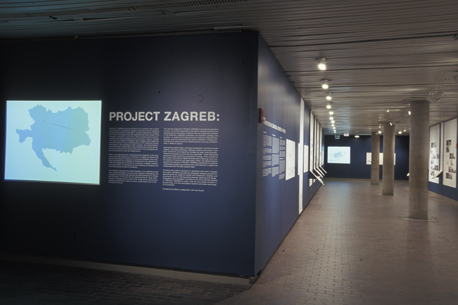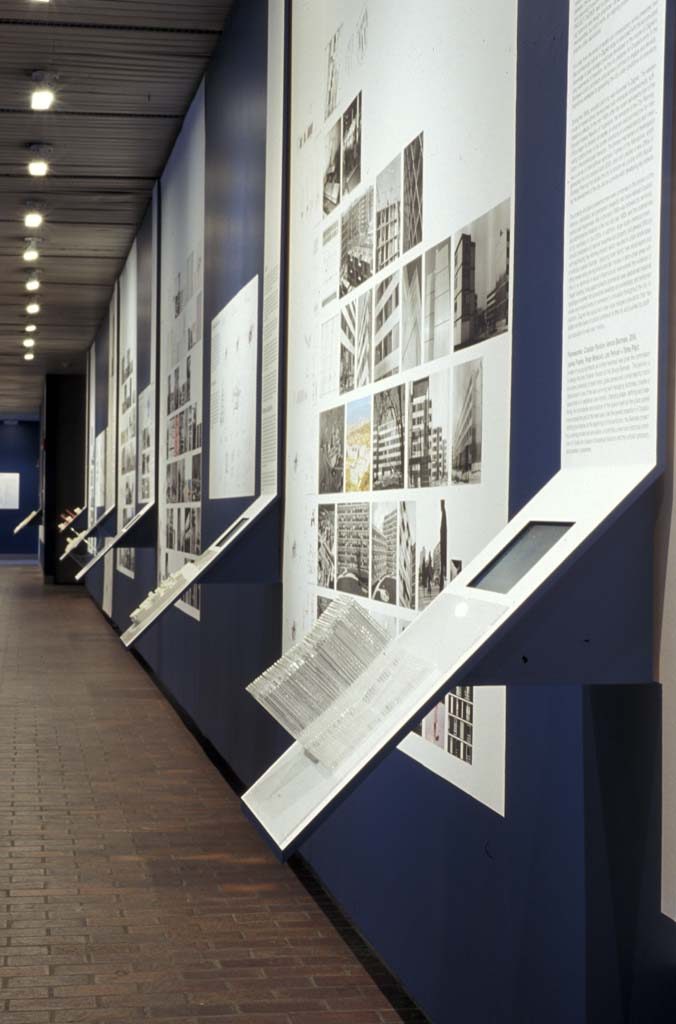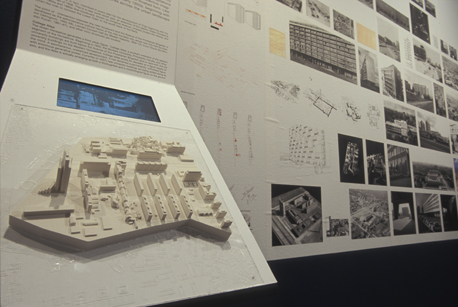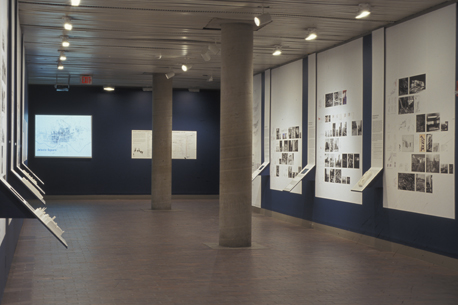Project Zagreb: Transition as Condition, Strategy, Practice
January 29–March 18, 2007
Eve Blau, curator
Ivan Rupnik, collaborator
Project Zagreb examines transition as a condition that creates opportunities for architecture. Zagreb is the perfect site for exploring the generative dynamic of transition: currently preparing for Croatia’s entry into the European Union and negotiating the rocky shoals of the “transition economy,” it is a city in which political and economic instability have been the status quo for more than a century. Change is of course a condition of modernity. But in Zagreb, which began the twentieth century in the crumbling edifice of the Habsburg Empire and ended it in the wreckage of state socialism, the transformations associated with modernization were refracted and protracted by enormous political and cultural dislocations into prolonged and recurrent periods of crisis and displacement.
What is the significance for architecture and urbanism of this long and unrelenting experience of transition? In Zagreb architects and planners practicing in conditions of continuous instability and uncertainty developed new strategies of architecture and urbanism for creatively engaging the transitional, conditional, unstable, mutable, and open-ended—for absorbing, accommodating, anticipating, and instrumentalizing the state of irresolution.
This exhibition examines how these strategies, once stabilized in built form, become available to practice and capable of generating new strategies and practices that open the city and architecture to change and innovation. In this way, the city itself becomes an “open work.” Transition emerges as a condition that foregrounds practice and enables architecture to play an active, performative role in the formation of the city.
The methods employed in Project Zagreb to excavate the generative dynamic of transition responded to the need to develop techniques for representing and analyzing conditions that are multiple and unstable. In the exhibition, therefore, transition—as condition, strategy, and practice—is examined through assembly, mapping, diagramming, layering, and other techniques that make it possible to visualize synchronous and nonsynchronous transformations occurring at different rates in different sectors.
Archival documents (maps, drawings, photographs, and films) provide different, and often conflicting, readings of spaces and events. Computer animations and projections simulate the open, multi-authored, interactive processes by which the city is generated. Three-dimensional analytical models reconstruct processes of design. Films scripted by the curators and shot by Zagreb filmmaker Bruno Bahunek show how the spaces of transition are used today. Finally, the dialog between research and practice in Project Zagreb is presented in a series of contemporary projects by architects and urban planners in Zagreb who collaborated with the GSD research team.
Transition has made it necessary to repeatedly start anew in Zagreb. As a result, architects and planners developed strategic practices for generating the city, based on comfort with irresolution, instability, and uncertainty, and an ongoing dialog between planning and design. Embedded in this conception of practice is one of the important lessons of Project Zagreb for today—that the most stable condition is, paradoxically, one that anticipates transition and takes advantage of its potentials.



